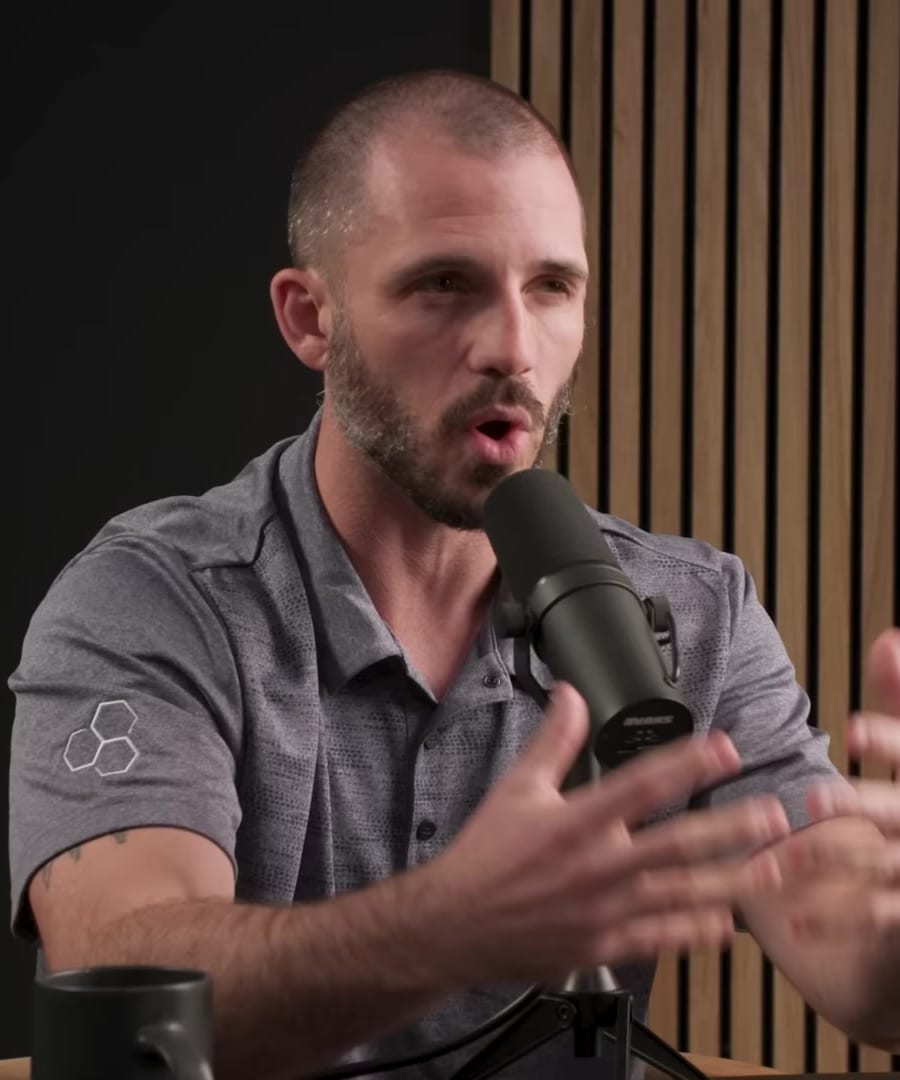How can training be adapted?
Sources:
Training can be adapted in various ways to cater to personal needs and external influences, as highlighted by experts in different episodes and podcasts.
Mindset and Flexibility
- Adapting training often starts with a mindset change, especially when external factors, such as pandemics or economic disruptions, force adjustments. Being adaptable and flexible becomes crucial under such circumstances. Developing a mindset that embraces these changes rather than resisting them can lead to personal growth and continued progress in athletic training 1.
Specific Adaptations to Training Protocols
- Identifying specific areas of weakness and addressing them with tailored training protocols is another approach. This method involves adjusting training to focus on identified deficiencies, whether they be in cardiovascular fitness, strength, or movement quality. This strategy ensures that training remains effective and targeted 2.
Training for Specific Adaptations
- Considering your overall health goals while training for specific adaptations is crucial. For example, while it might be beneficial to focus solely on strength or endurance when trying to maximize that particular aspect, a balanced approach that includes various types of training can be more beneficial for overall health 3.
Impact of Exercise on Body Adaptation
- Understanding the underlying science of how different forms of exercise affect the body can also guide adaptation strategies. Knowledge of how resistance training, cardiovascular activities, and flexibility work adjust the body’s physiology allows for smarter decisions when modifying routines 4.
Incorporating Recovery and Variation
- Triggering adaptations isn't just about active training; it also involves recovery. Using different training modalities, such as resistance training, cardiovascular exercises, and even breath work, can stimulate physiological adaptations. These should be varied to prevent plateauing and to optimize recovery 5.
By incorporating these principles, training can be effectively adapted to meet personal needs, respond to external changes, and prevent stagnation.
RELATED QUESTIONS



